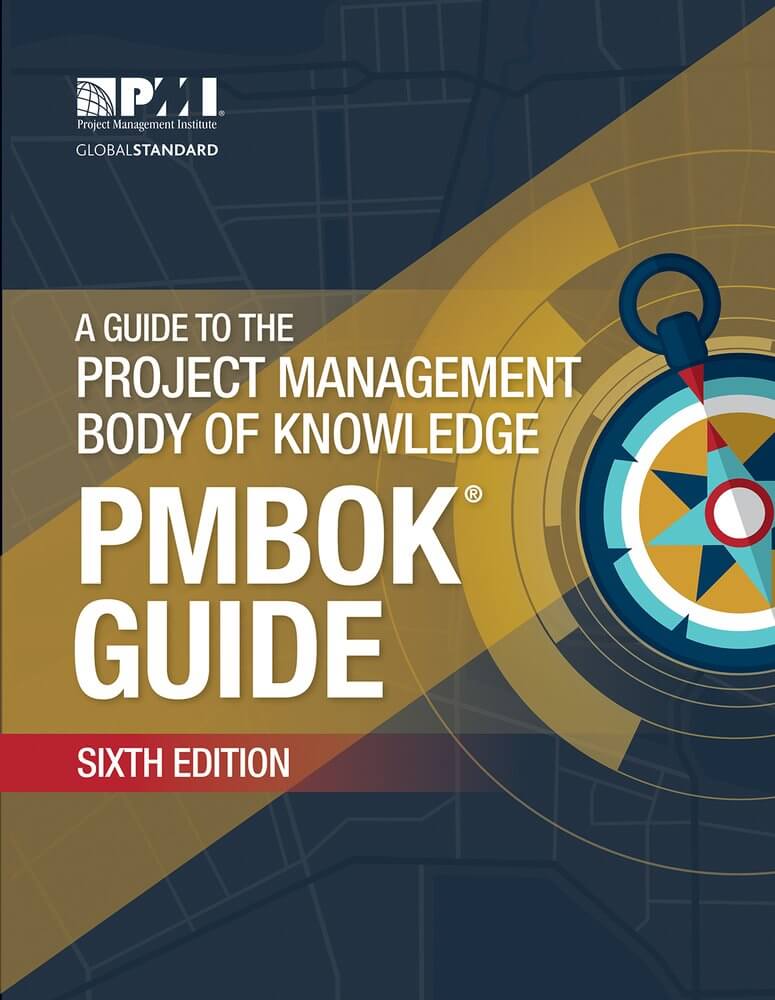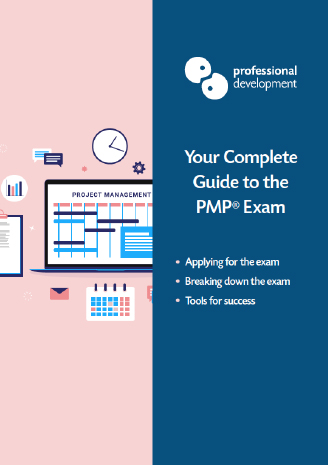PMP® Exam: A Guide to 2021 Changes
A new Project Management Professional (PMP)® exam has been in effect since January 2nd 2021.
This article gives you insights to the new PMP® exam 2021, guidance on what to do if you completed training before the new exam came into effect, and steps to achieve your PMP® certification.
Get an Instant Insight to the PMP® Exam
Learn everything you need to know by instantly downloading our PDF Guide to the PMP® Exam.
This 16-page guide covers the PMP® exam eligibility requirements, details what has changed in the new 2021 exam, and outlines how you can achieve your PMP® certification.
Jump to Any Section
Why did the PMP® exam change?
Project Management Professional (PMP)® is one of the most widely-respected credentials in the global project management community.
This Project Management Institute (PMI)® credential is designed by project managers, for project managers. As such, it must remain at the cutting edge of project management methodologies and continue to lead the way in industry standards.

This leads to periodical updates of both A Guide to the Project Management Body of Knowledge (PMBOK® Guide) and the PMP® Exam.
The PMBOK® Guide was updated to its Sixth Edition in 2017. The new PMP® Exam in effect in January 2021 continues to work from the PMBOK® Guide, Sixth Edition.
Learn more about the PMBOK® Guide - Sixth Edition.
When did the PMP® Exam Change?
As we discuss the important changes, we’ll refer to the old exam (in effect before January 2nd 2021) and the new exam (in effect from January 2nd 2021).
What has Changed?
The key changes in the PMP® Exam reflect how both the role of project managers and project management itself are evolving.
Here are the key changes you need to know about in the new exam:
1. Domains

One of the goals in designing this new exam was to make the format more approachable and easy to interpret.
You’ll see this represented most in the domains. These are the knowledge areas under which tasks (responsibilities) and enablers (actions that support carrying out the tasks) are grouped.
The old exam had 5 domains, based on the conventional timeline of a project. These domains were:
- Initiating
- Planning
- Executing
- Monitoring
- Controlling
The new exam focuses on 3 domains:
1. People:
Focuses on what skills and actions are needed for successful project team management.
2. Process:
Examining the technical elements of project management.
3. Business Environment:
Looks at the connection between the project and the overall organisational strategy.
Here’s a quick look at the weighting of questions for each domain:
- People: 42%
- Process: 50%
- Business: 8%
2. Approach: Predictive, Agile, and Hybrid

The sixth edition of the PMBOK® Guide introduced a higher level of consideration for agile practices, and this is continued in the new exam format.
Rather than concentrating on a predictive (often called “traditional” or “conventional”) approach to project management, throughout all 3 domains, attention and value will be given to predictive and agile approaches, and to a hybrid of both.
Get More Details on the Changes...
You can read a more detailed breakdown of the new exam, including question style, weighting, and duration in our article, "Your Guide to the PMP® Exam"
You can also download the the official PMI® Exam Content Outline here.









